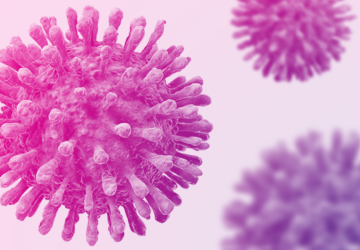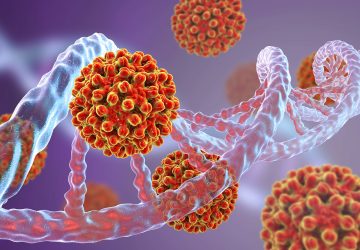Early in 2014, the Spot On Sciences’ team was asked to contribute content for a book with a pretty serious title —Global Point of Care: Strategies for Disasters, Emergencies, and Public Health Resilience. This soon-to-be-released publication addresses point-of-care testing (POCT) needs in global emergency and disaster settings. The subject being tackled by respected experts in the field, Drs. Kost and Curtis, is exceptionally relevant in light of recent news coverage of the Ebola breakout.
One way to improve healthcare resources and enhance standards of care is to include biosurveillance efforts to help monitor public health in stricken areas. So, how does HemaSpot fit into this strategy?

Ebola Virus
What is Biosurveillance?
The DoD defines biosurveillance as “…gathering, analysis and interpretation of data related to disease activity and threats to human and animal health to achieve early warning, detection and situational awareness.” The goal, of course, is to secure early detection and prediction of biological events no matter what their cause. A few years ago the focus was on H1N1 swine flu and West Nile virus. Now the world’s attention is on the devastation being caused by the Ebola virus and POCT has had to adapt.
HemaSpot Can Make a Difference in Biosurveillance
Medical care under disaster situations relies heavily on the availability of on-site clinical diagnostic testing. However, access can be severely limited by difficulties in collecting and analyzing biospecimens in the field. Venipuncture remains the most commonly used blood collection technique for most biosurveillance and diagnostic testing but nonsterile and biohazardous environments can cause difficulties in safely collecting and transporting clean and noncontaminated samples. Dirty, nonsterile needles and accidental needle sticks to healthcare workers are also a concern.
Spot On Sciences’ blood sampling device, HemaSpot, simplifies and allows nearly foolproof blood sampling from any location and at any time. This simple but powerful concept will have a big impact on healthcare by improving access for biosurveillance and diagnostic testing, especially for patients in remote, low-resource, or disaster areas by allowing easy on-site sample collection, transport, and/or shipment. High-quality samples can be collected and preserved with HemaSpot by first responders or medics under austere conditions and analyzed by POC methods on-site or transported to a central lab in backpacks or via regular post.
We’re learning more about opportunities for HemaSpot’s potential role in tracking dangerous diseases. Use of HemaSpot for sample collection in the field can significantly increase access to Ebola screening and testing for an affected population, and provide critical clinical information rapidly for medical care in emergency situations. We’ll keep you posted on future developments as we all look for answers that address this serious situation.



